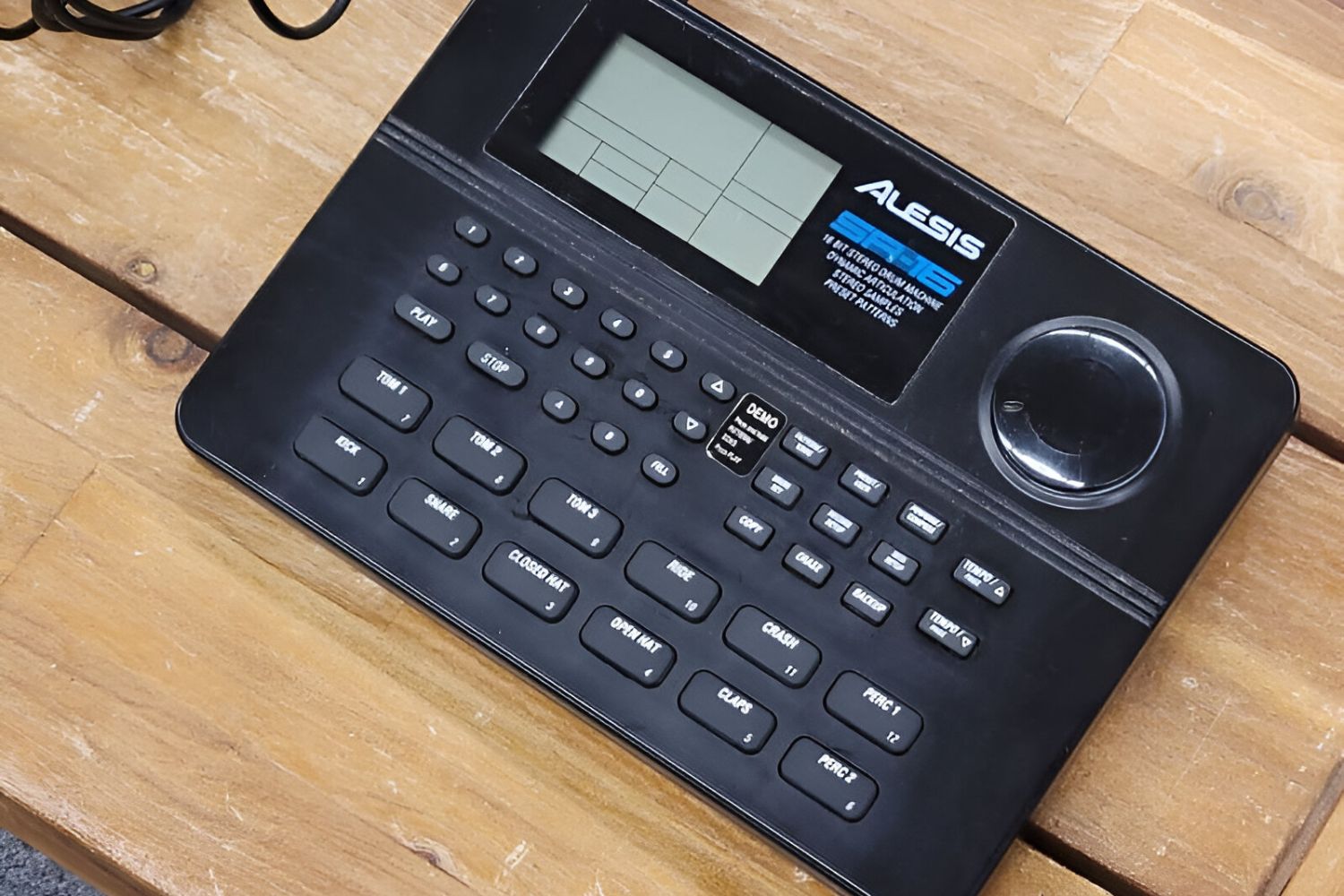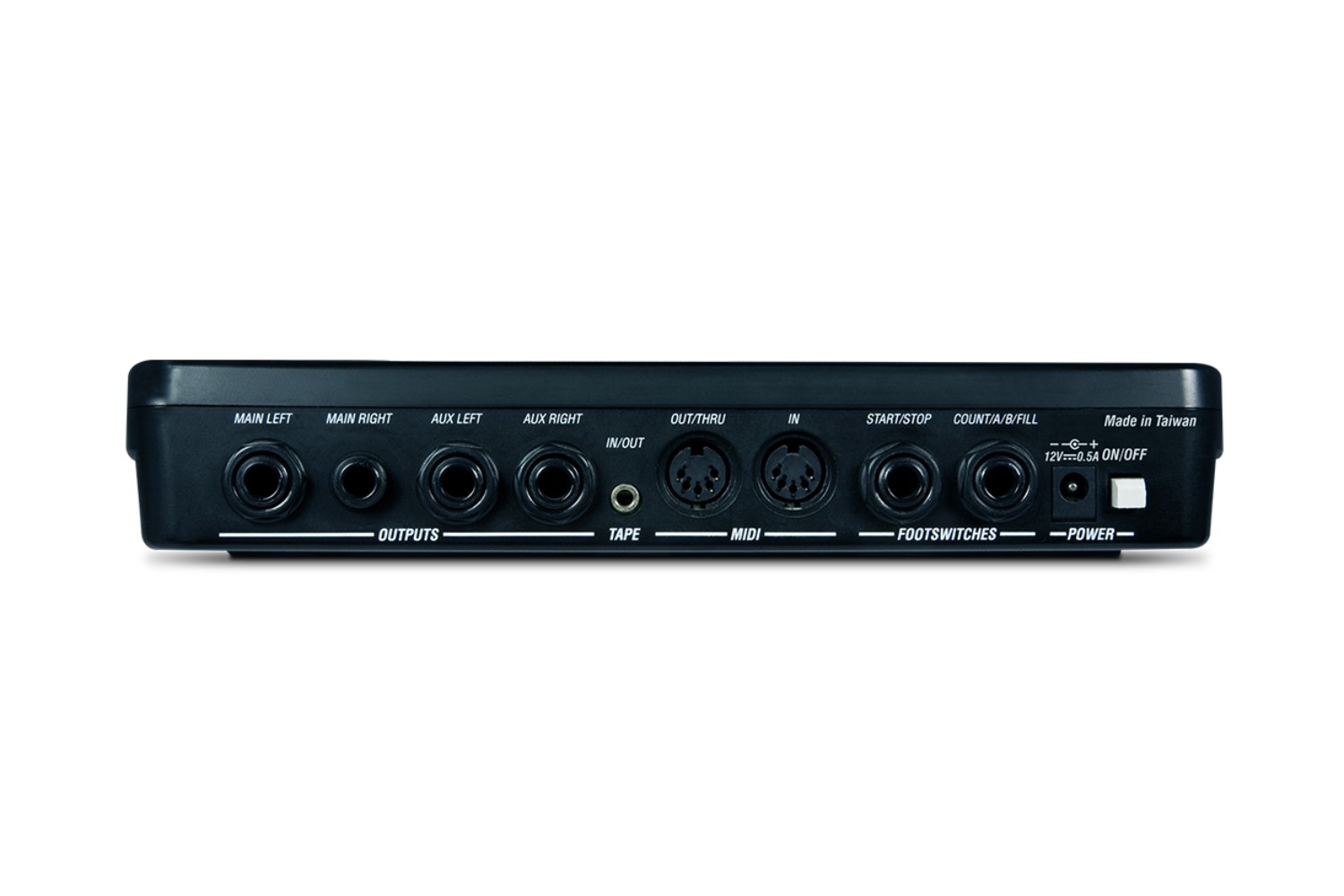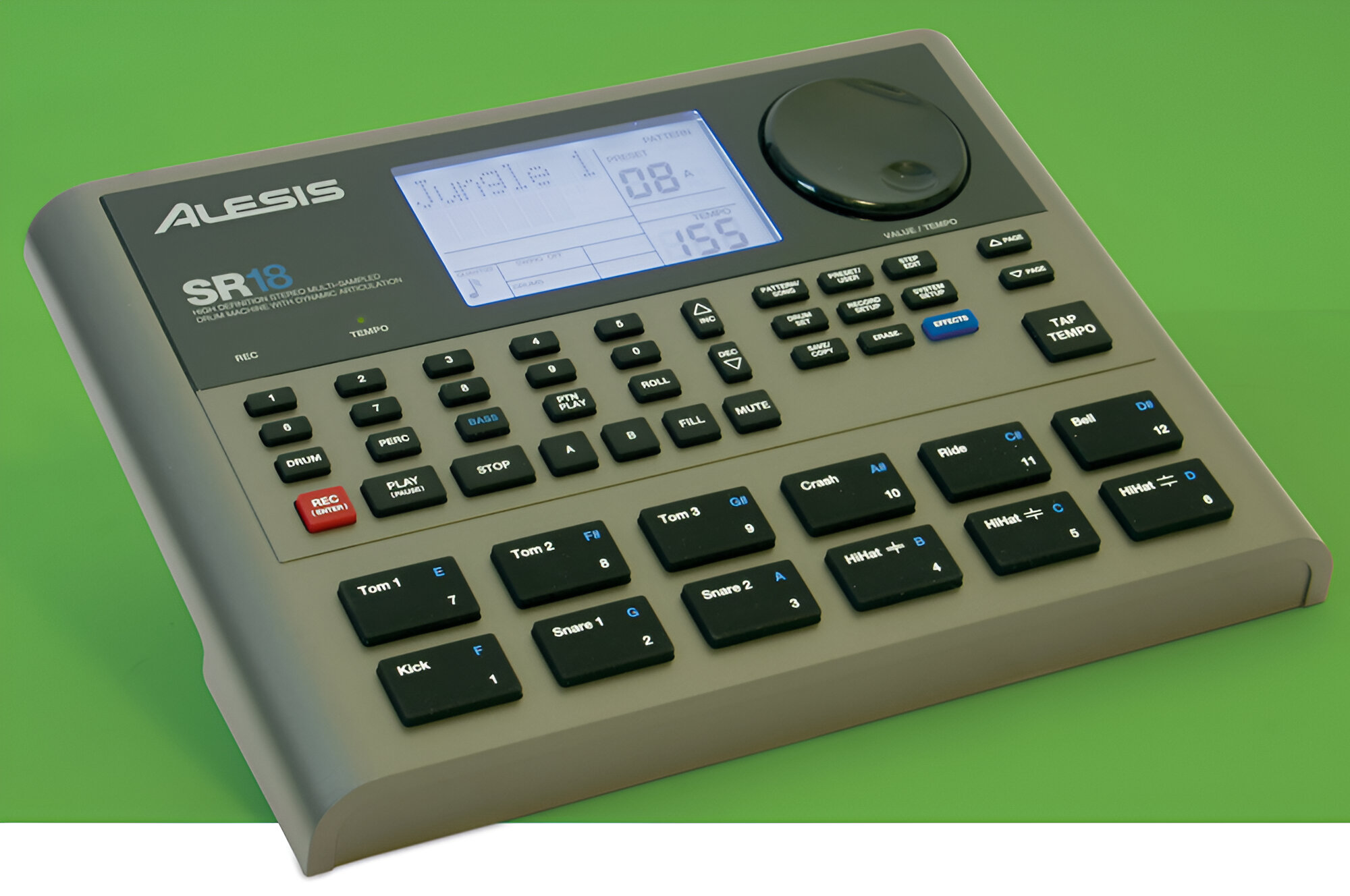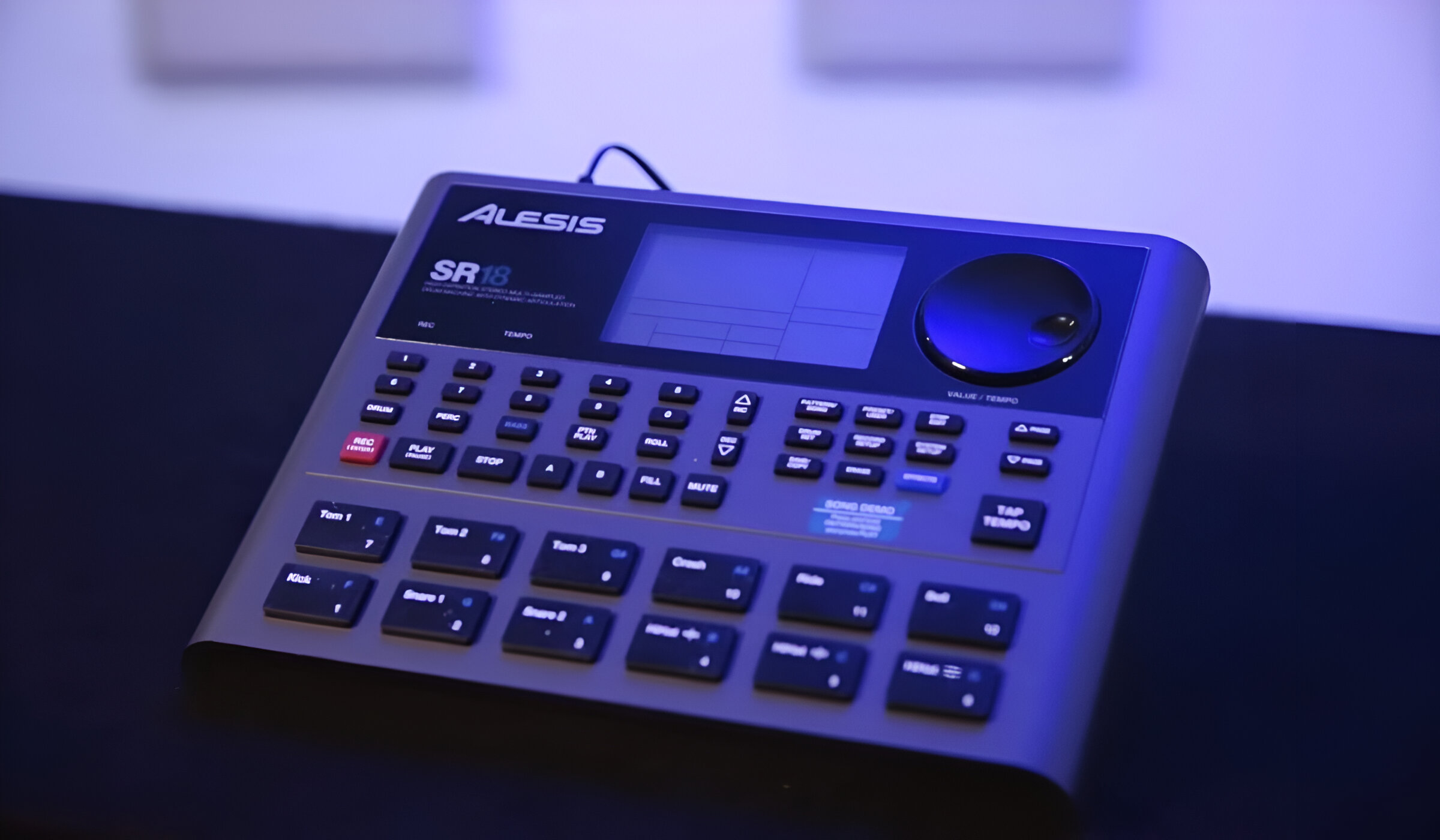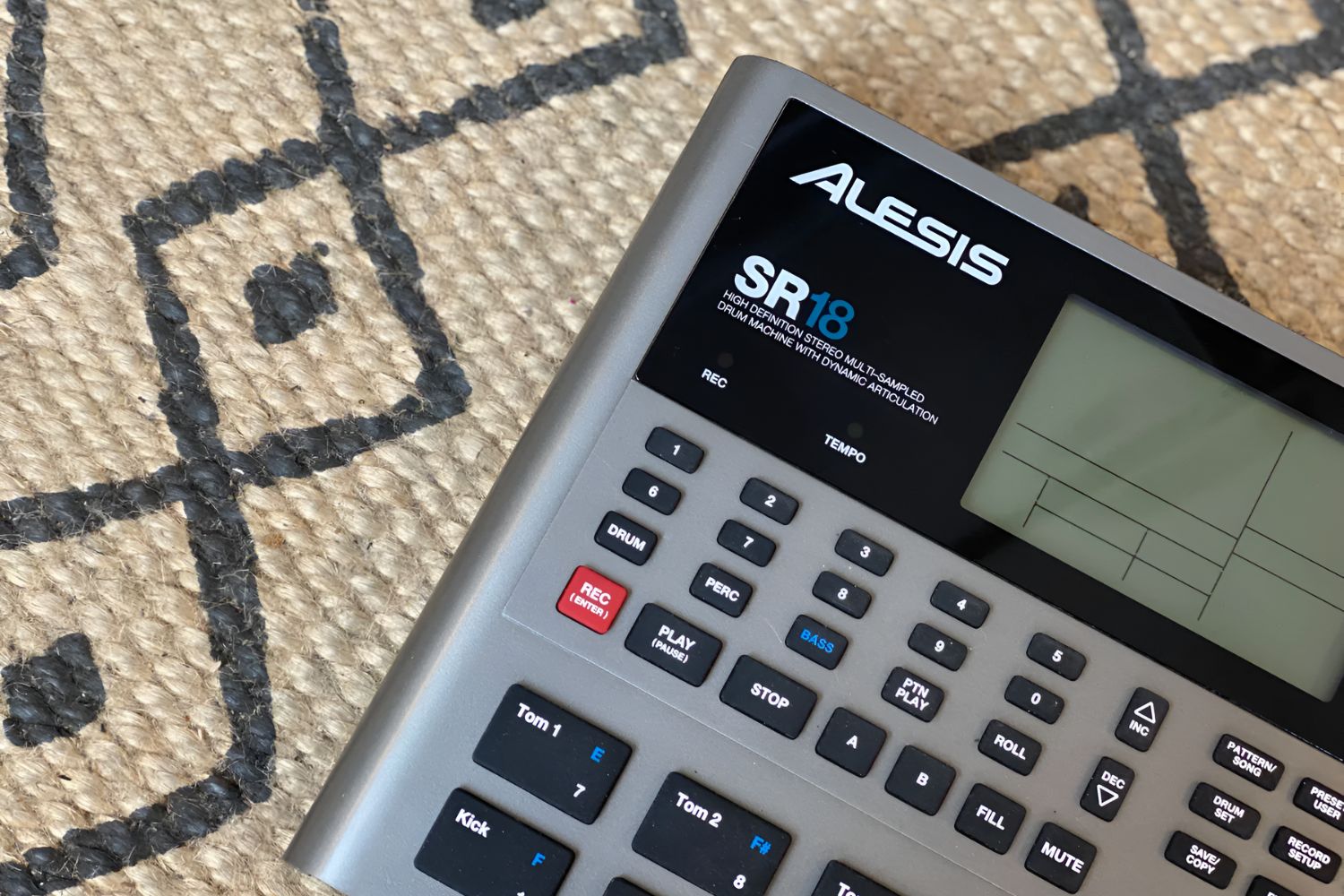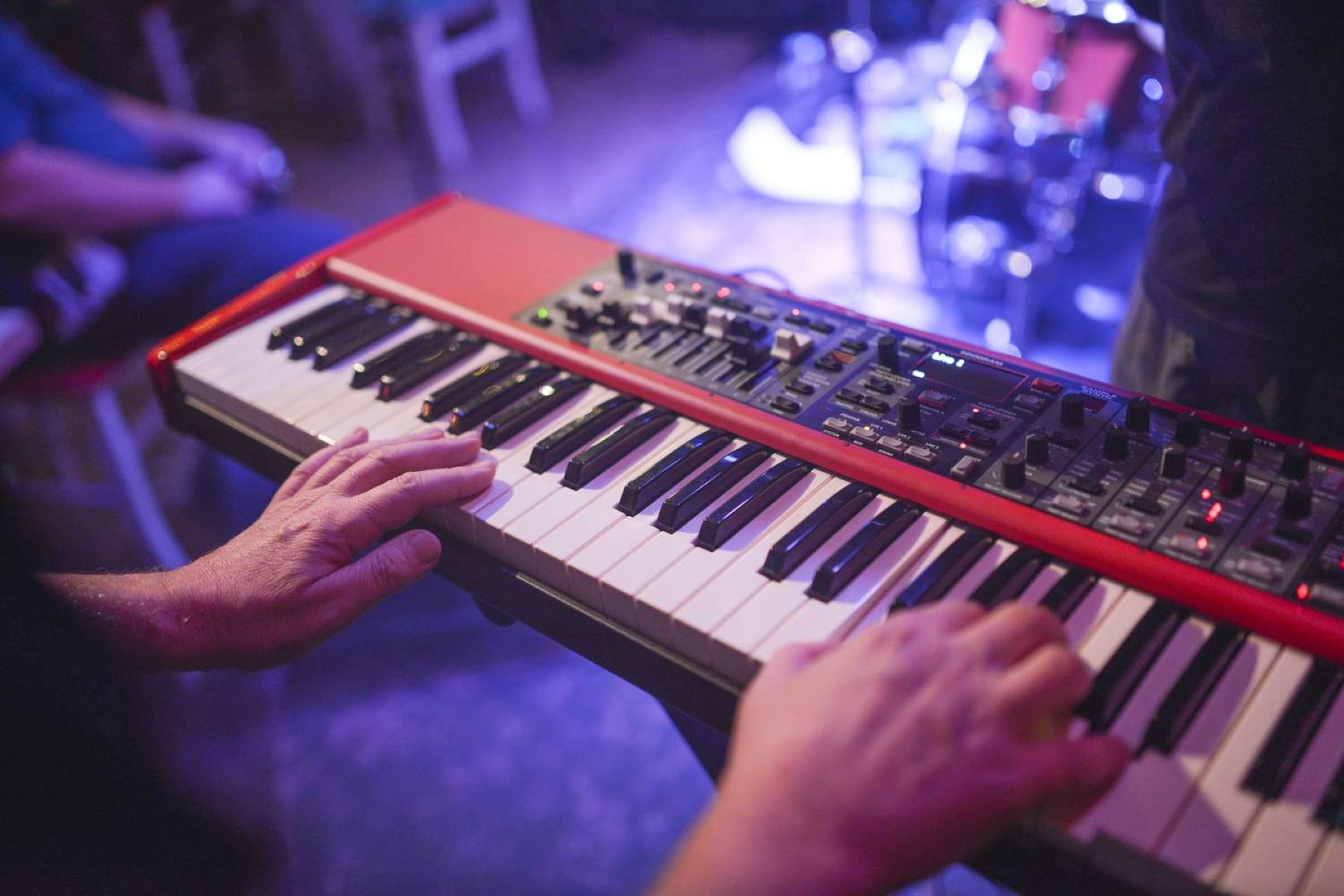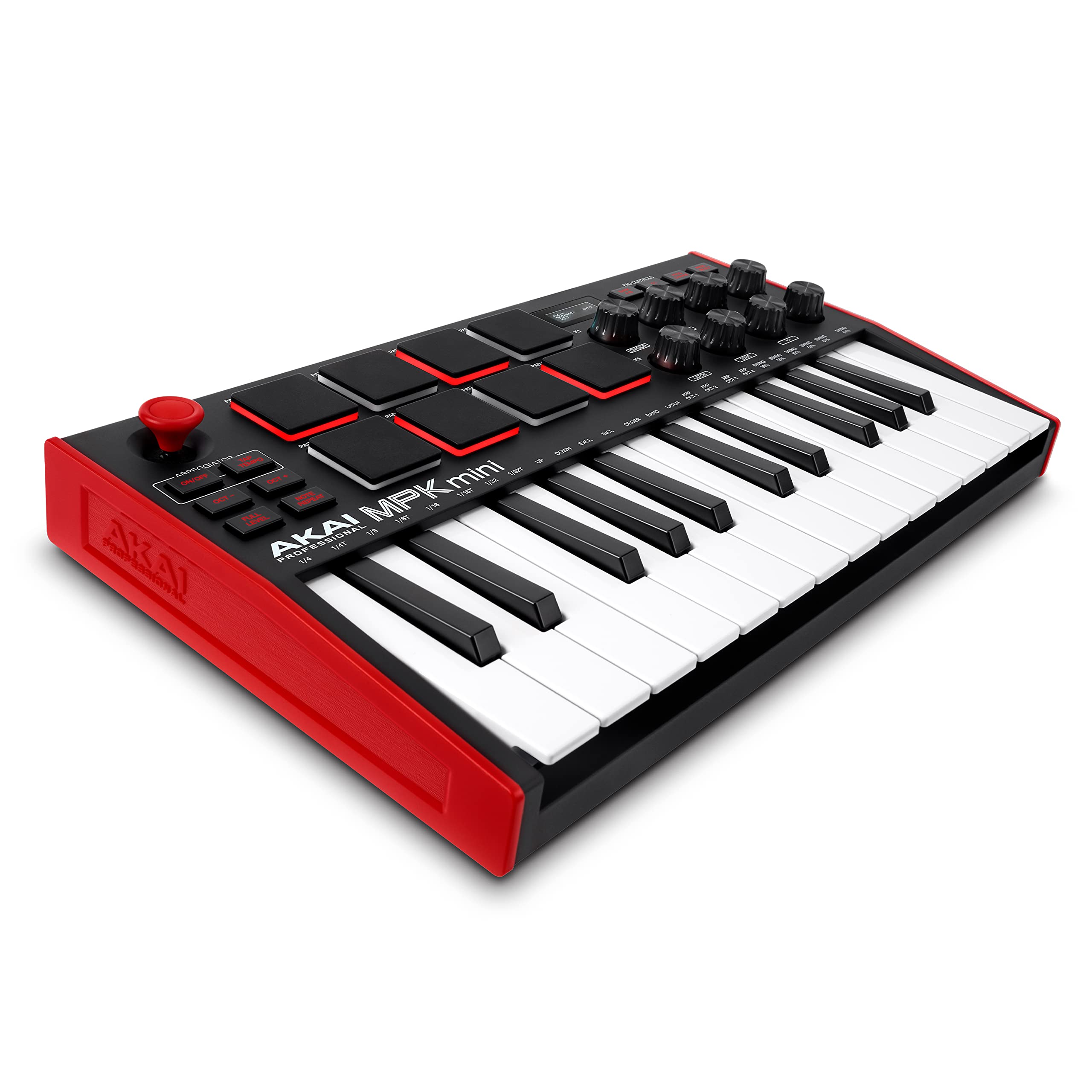Introduction
The Alesis SR-16 drum machine has been a staple in the music industry for decades, known for its realistic drum sounds and intuitive interface. With its extensive library of high-quality drum kits and patterns, the SR-16 is a versatile tool for musicians, producers, and songwriters alike. One of the most sought-after features of the SR-16 is its ability to connect to a computer for recording, editing, and integrating with digital audio workstations (DAWs).
In this comprehensive guide, we will walk you through the process of connecting your Alesis SR-16 to your computer and setting up your DAW for recording. Whether you are a seasoned professional or a budding musician, this tutorial will equip you with the knowledge and skills to seamlessly integrate the SR-16 into your digital recording setup.
By the end of this guide, you will have a clear understanding of how to harness the full potential of the Alesis SR-16, capturing its rich, dynamic sound and incorporating it into your music productions with ease. Let's dive into the intricacies of connecting, setting up, and recording with the Alesis SR-16, ensuring that you can make the most of this powerful drum machine in your creative endeavors.
Connecting the Alesis SR-16 to Your Computer
Before you can start recording the Alesis SR-16 on your computer, you need to establish a physical connection between the drum machine and your computer. The most common and effective way to achieve this is by using a MIDI-to-USB interface. This interface serves as a bridge between the MIDI output of the SR-16 and the USB input of your computer, allowing for seamless communication between the two devices.
To begin, connect the MIDI output of the Alesis SR-16 to the MIDI input of the MIDI-to-USB interface using standard MIDI cables. Then, connect the USB end of the interface to an available USB port on your computer. Once the physical connection is established, you may need to install the necessary drivers for the MIDI-to-USB interface, which can typically be found on the manufacturer’s website.
Additionally, it’s important to ensure that the MIDI settings on the Alesis SR-16 are configured to transmit MIDI data through the MIDI output. This can usually be done through the device’s settings menu, where you can specify the MIDI channel and other relevant parameters for transmitting MIDI data to your computer.
Another option for connecting the Alesis SR-16 to your computer is through the audio outputs of the drum machine. Using standard audio cables, you can connect the stereo audio output of the SR-16 to the line input of your computer’s sound card or audio interface. This method allows for direct audio recording from the SR-16 into your digital audio workstation (DAW).
Once the physical connections are in place, you’re ready to move on to setting up your DAW for recording the Alesis SR-16, which we’ll explore in the next section.
Setting Up Your DAW for Recording
Before you can start recording the Alesis SR-16 in your digital audio workstation (DAW), you need to configure the software to receive MIDI or audio signals from the drum machine. The specific steps for setting up your DAW may vary depending on the software you are using, but the general principles remain consistent across different platforms.
If you are planning to record the MIDI output of the SR-16, you will need to create a new MIDI track in your DAW and set the input to receive MIDI data from the MIDI-to-USB interface connected to the SR-16. Ensure that the MIDI channel on the track matches the MIDI channel configured on the SR-16 to receive the transmitted data. Once the MIDI track is set up, you can arm it for recording and start capturing the MIDI performance from the Alesis SR-16.
On the other hand, if you are opting to record the audio output of the SR-16, you will need to create an audio track in your DAW and set the input to receive audio from the line input of your computer’s sound card or audio interface, to which the SR-16 is connected. Adjust the input levels and monitoring settings as needed to ensure that the audio signal from the SR-16 is captured accurately and can be monitored in real time.
It’s important to note that some DAWs may require additional configuration for optimal performance when recording external MIDI or audio sources. This can include setting the sample rate, buffer size, and audio input/output preferences to minimize latency and ensure high-quality recording. Refer to the user manual or online resources for your specific DAW to fine-tune these settings for the best recording experience.
Once your DAW is configured to receive MIDI or audio signals from the Alesis SR-16, you’re ready to move on to the next step: recording the performance of the drum machine onto your computer. We will delve into the recording process in the following section, guiding you through the essential steps to capture the rich, dynamic sound of the SR-16 in your DAW.
Recording the Alesis SR-16 to Your Computer
With your Alesis SR-16 connected to your computer and your digital audio workstation (DAW) set up to receive MIDI or audio signals from the drum machine, you are now ready to record the SR-16 onto your computer. The recording process may vary slightly depending on whether you are capturing MIDI data or audio signals from the SR-16.
If you are recording the MIDI output of the SR-16, start by ensuring that the MIDI track in your DAW is armed for recording and that the input is set to receive MIDI data from the SR-16. Press play on the SR-16 to trigger the drum patterns or manually input MIDI notes from the drum machine into your DAW, capturing the performance in real time. Once the MIDI data is recorded, you can edit, quantize, and manipulate the MIDI notes within your DAW to fine-tune the drum patterns and create the desired rhythmic foundation for your music.
On the other hand, if you are recording the audio output of the SR-16, make sure that the audio track in your DAW is armed for recording and that the input is set to receive audio from the line input of your computer’s sound card or audio interface, to which the SR-16 is connected. Commence playback on the SR-16 to capture the audio output directly into your DAW, allowing you to capture the authentic sound of the SR-16’s drum kits and patterns for further processing and mixing.
During the recording process, it’s essential to monitor the input levels and ensure that the recorded material is free from distortion or clipping. Adjust the input gain and monitor the signal levels within your DAW to maintain a healthy signal-to-noise ratio and capture the nuances of the SR-16’s sound accurately.
Whether you are recording MIDI data or audio signals from the Alesis SR-16, the recording process empowers you to harness the expressive capabilities of the drum machine and integrate its sonic character into your music productions. With the performance captured in your DAW, you can leverage the editing, mixing, and processing tools to elevate the sound of the SR-16 and seamlessly blend it into your musical creations.
Tips for Getting the Best Sound Quality
When recording the Alesis SR-16 to your computer, there are several tips and techniques that can help you achieve the best sound quality and optimize the integration of the drum machine into your music productions. These tips encompass both technical considerations and creative approaches to enhance the sonic characteristics of the SR-16.
- Optimize Input Levels: Whether you are recording MIDI data or audio signals from the SR-16, it’s crucial to optimize the input levels to ensure a clean, distortion-free recording. Pay attention to the input gain settings on your audio interface or within your DAW, and monitor the signal levels to maintain an optimal balance between the SR-16’s output and the recording input.
- Experiment with Drum Kits: The Alesis SR-16 offers a diverse range of built-in drum kits, each with its unique sonic characteristics. Experiment with different drum kits to find the sound that best complements your musical style and production needs. Don’t hesitate to explore the variety of percussion sounds and textures available in the SR-16’s library.
- Layer and Process Sounds: To enhance the depth and impact of the SR-16’s drum patterns, consider layering multiple sounds within your DAW and applying processing techniques such as EQ, compression, and reverb. Layering can add richness and complexity to the drum patterns, while strategic processing can shape the tonal qualities and spatial characteristics of the recorded sounds.
- Utilize MIDI Editing Tools: If you are recording MIDI data from the SR-16, take advantage of the MIDI editing tools in your DAW to refine the timing, velocity, and articulation of the recorded drum patterns. Quantization, humanization, and velocity adjustments can help tailor the MIDI performance to align with your musical vision and enhance the rhythmic precision of the patterns.
- Consider Stereo Imaging: When capturing the audio output of the SR-16, explore stereo imaging techniques to spatially position the individual drum sounds within the stereo field. Utilize panning, stereo widening effects, and spatial processing to create a sense of depth and dimensionality in the drum mix, adding spatial interest to the recorded patterns.
By implementing these tips and techniques, you can elevate the sound quality of the Alesis SR-16 recordings and unlock the full potential of the drum machine within your music production workflow. These approaches enable you to sculpt the sonic characteristics of the SR-16, tailor its performance to suit your creative vision, and seamlessly integrate its dynamic sound into your musical compositions.
Conclusion
In this comprehensive guide, we have delved into the intricacies of recording the Alesis SR-16 drum machine to your computer, providing a step-by-step approach to seamlessly integrate the dynamic sound of the SR-16 into your music productions. From establishing the physical connection between the SR-16 and your computer to setting up your digital audio workstation (DAW) for recording, we have equipped you with the knowledge and techniques to harness the full potential of this iconic drum machine.
By connecting the Alesis SR-16 to your computer using a MIDI-to-USB interface or audio cables, you can capture the authentic drum sounds and patterns of the SR-16 directly into your DAW, opening up a world of creative possibilities for music production, songwriting, and sound design. Whether you choose to record MIDI data or audio signals from the SR-16, the recording process empowers you to sculpt the expressive qualities of the drum machine and seamlessly integrate its sonic character into your musical compositions.
Furthermore, the tips and techniques shared for optimizing sound quality, exploring different drum kits, layering and processing sounds, utilizing MIDI editing tools, and considering stereo imaging offer a holistic approach to enhancing the recorded performances of the Alesis SR-16. By implementing these strategies, you can elevate the sonic characteristics of the SR-16 recordings, tailor its performance to align with your creative vision, and infuse your music with the rich, dynamic textures of the iconic drum machine.
As you embark on your journey of recording and integrating the Alesis SR-16 into your computer-based music production workflow, we encourage you to experiment, innovate, and explore the myriad possibilities that the SR-16 offers. Whether you are a seasoned producer, a budding musician, or an avid songwriter, the Alesis SR-16 stands as a versatile and powerful tool for shaping the rhythmic foundation of your musical creations.
With the knowledge and techniques gained from this guide, you are well-equipped to embark on a sonic adventure, leveraging the capabilities of the Alesis SR-16 to enrich your music with its timeless and expressive drum sounds. Embrace the creative potential of the SR-16, and let its dynamic rhythms fuel your musical endeavors, from captivating beats to compelling compositions.







